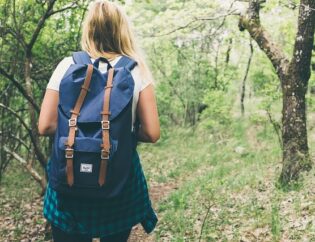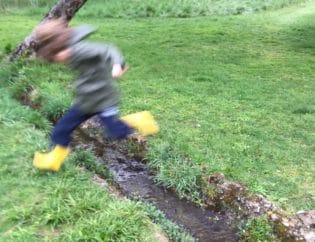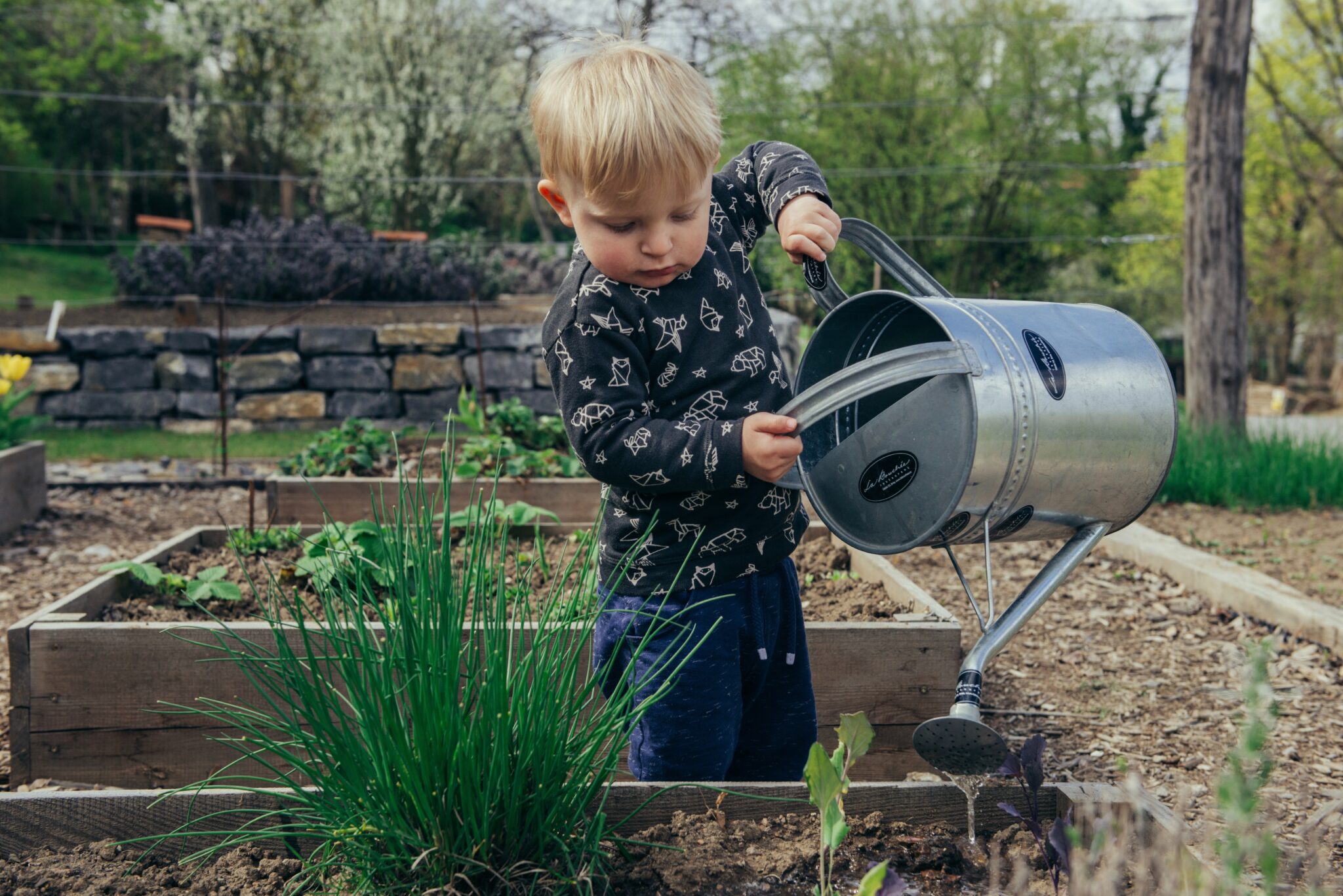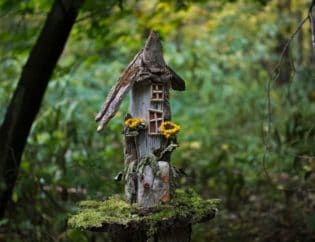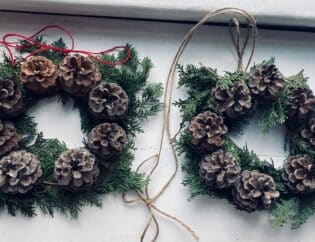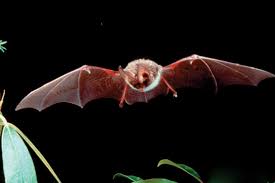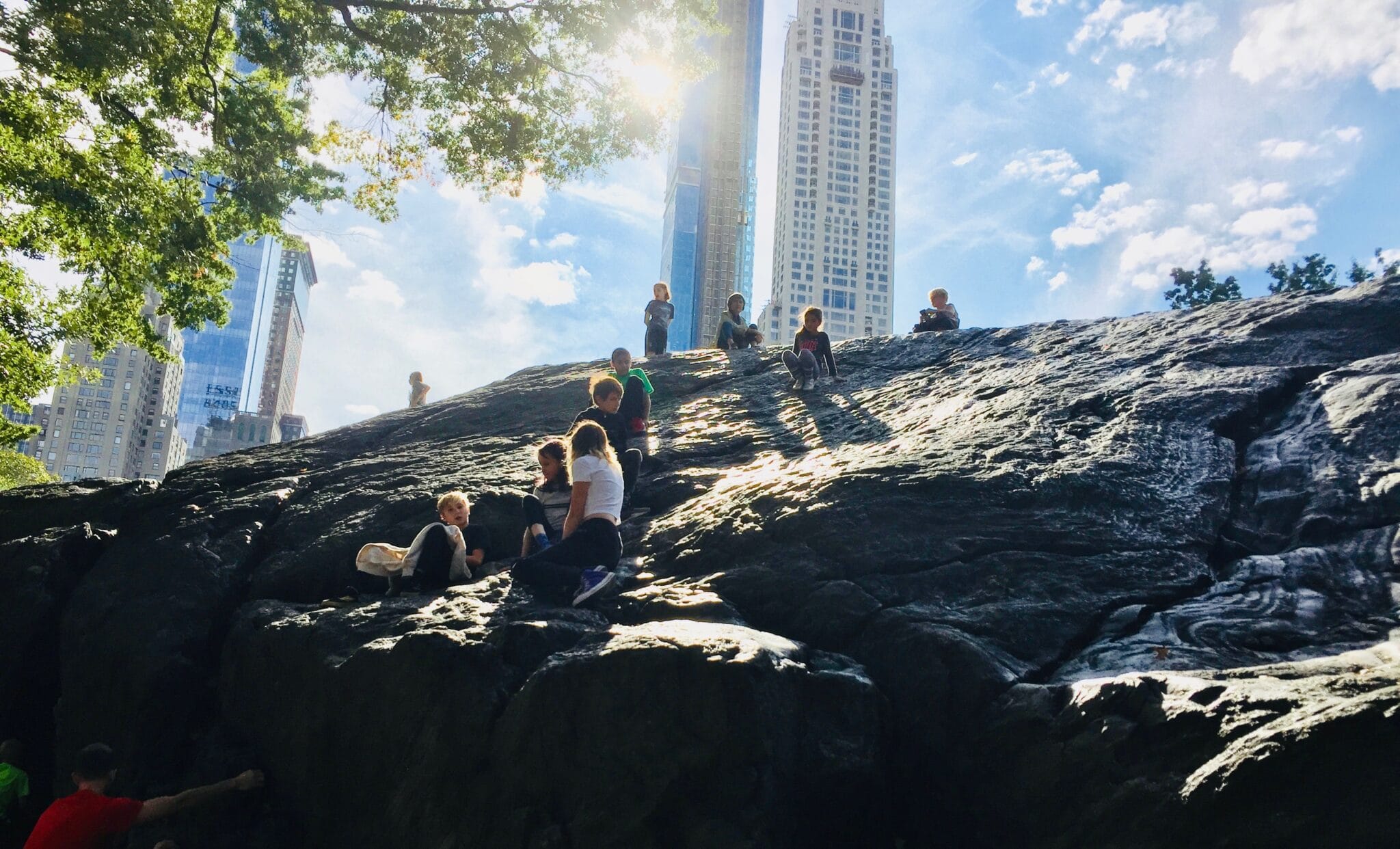
With over half of the world population living in cities, and more becoming urban every day, many kids today aren’t exactly surrounded by forests and rolling hills in their daily lives. In fact, most kids today are city kids. But living in a city doesn't mean children have to grow up distanced from nature and wildlife. Actually, cities can be excellent places to observe wildlife. Many animals have adapted to city living, finding their niche in this unlikely habitat.
One way that urban kids can develop an appreciation for city nature and understand the importance of healthy habitat is by developing the skills of an urban naturalist. A naturalist studies nature, making observations about how each species interacts with the environment and with each other. To do this, a naturalist has to be curious, patient and have some pretty acute observation skills. Your child can do this as well. Over time, as they get to know the natural habitats in their neighborhood and city, they will also develop sharpened observation skills, a new sensory awareness, knowledge of animal behavior, and a lot of patience and perseverance. Presto! Your child is an urban wildlife naturalist.
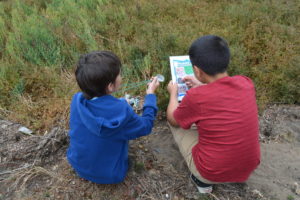
Developing these skills will help a child truly tune into the natural world, understand it more deeply and feel more connected to other living things in their neighborhood. The best part: fine-tuned observation is a skill they will have with them for their entire life. And believe us, they will never “see” the city the same way again.
There are many excellent books written about this topic. A few of our favorites include:
To help your child become an urban naturalist, we've put together a few tips from our own experience as lifelong urban wildlife observers. These tips can help your child discover a world that remains hidden in plain sight. Though the natural world (in any environment) encompasses bacteria, algae, plants, trees, insects... we’re going to focus on birds and mammals in this "guide," species most likely to draw a child’s attention.
It is important to note that many wild creatures potentially carry diseases like rabies, ticks, and fleas and should not be touched.
Head to their Haunts
Despite the traffic, loud noises, and disappearing green space, many species of animals can make it in the city. Cities offer places to hide, feed, mate, often with fewer predators roaming about. Before your child heads out on their city safari, help them list all of the urban critters they can think of as well places that offer wildlife spotting potential. They should think of places in their neighborhood or within the city that offer food, water or shelter for critters. Think about green spaces, of course, such as city parks, gardens, urban forests. There are over 1.5 million acres of parks and playgrounds in cities across the US alone.
Good habitats to start with are wet places or places where land and water meet. City ponds, rivers and marshes are excellent places to be a nature detective. All wildlife needs water. But watering holes are also great sources of food and shelter, as well as a place where wildlife tends to converge.
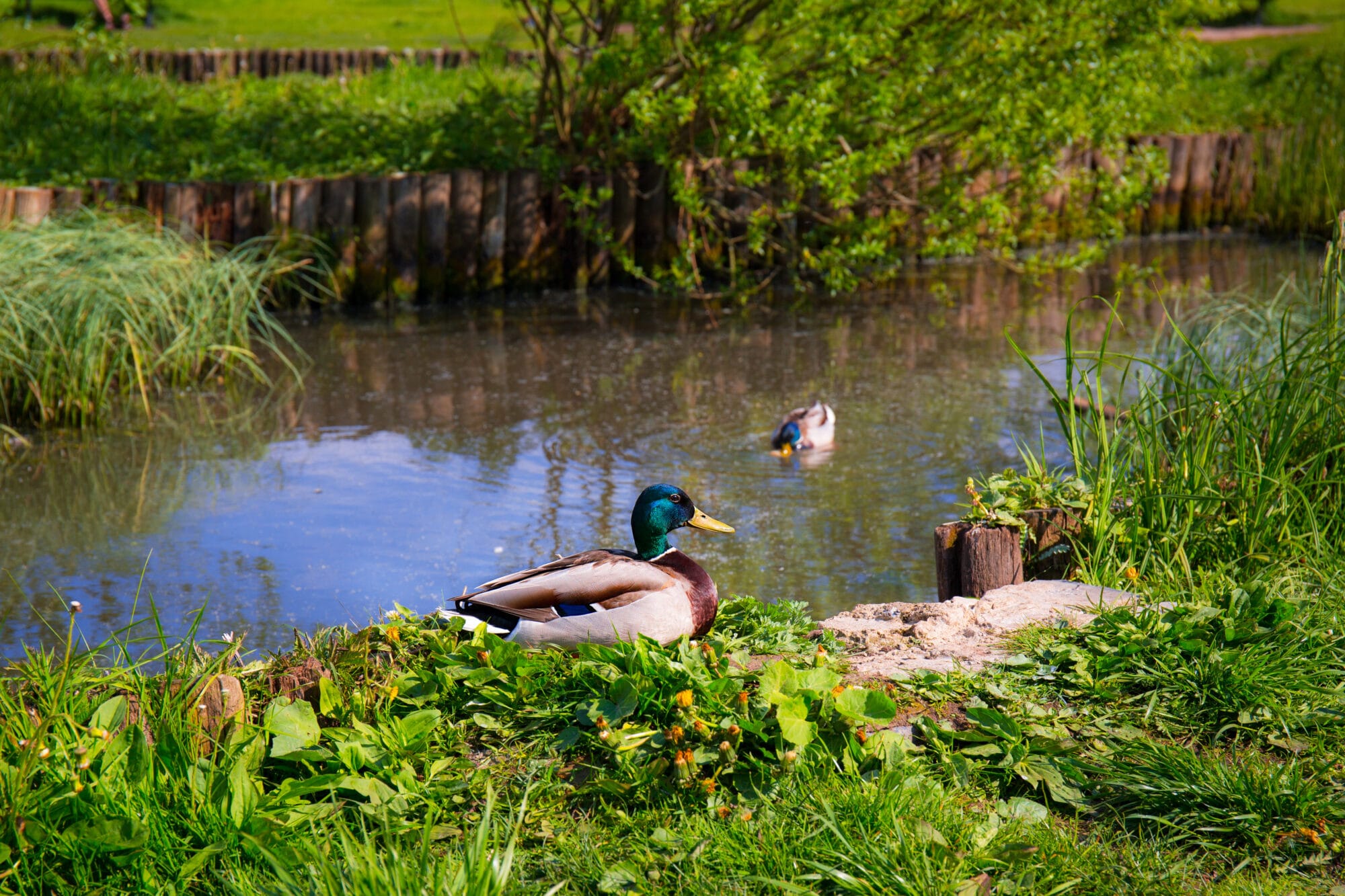
It's a good idea for your child to think of the needs of common city critters. Birds such as raptors will need a tall structure with hunting grounds nearby. This is why the buildings surrounding New York’s Central Park have often been a roosting ground for Red-Tailed Hawks. And while pigeons are certainty plentiful on the streets of a city, has your child ever thought about where they roost? Many parking garages offer the ideal resting and roosting spot for pigeon communities. Many city dwellers will never notice them but swallows and swifts are common urban residents. They can often be seen flying "swiftly" over bodies of water, sucking up insects as they fly along. You can also check for them along natural overhangs or under bridges, where swallows and bats often make their roosts. Of course, utility poles and electric lines are preferred by squirrels for balancing and by birds as the perfect perch for resting. And rodents of course can often be seen in subway tunnels or emerging from storm drains.
Aside from the usual suspects, help your child think about out of the box spaces such as cemeteries– a hot spot for many urban critters such raccoons or coyote– offering quiet green spaces with room to roam.
Of course weather, time of day and species will determine where your child should look. If they are interested in a specific species, your child might first want to do some research to find out what behaviors are typical to the animal and what type of habitat it most often is found in.
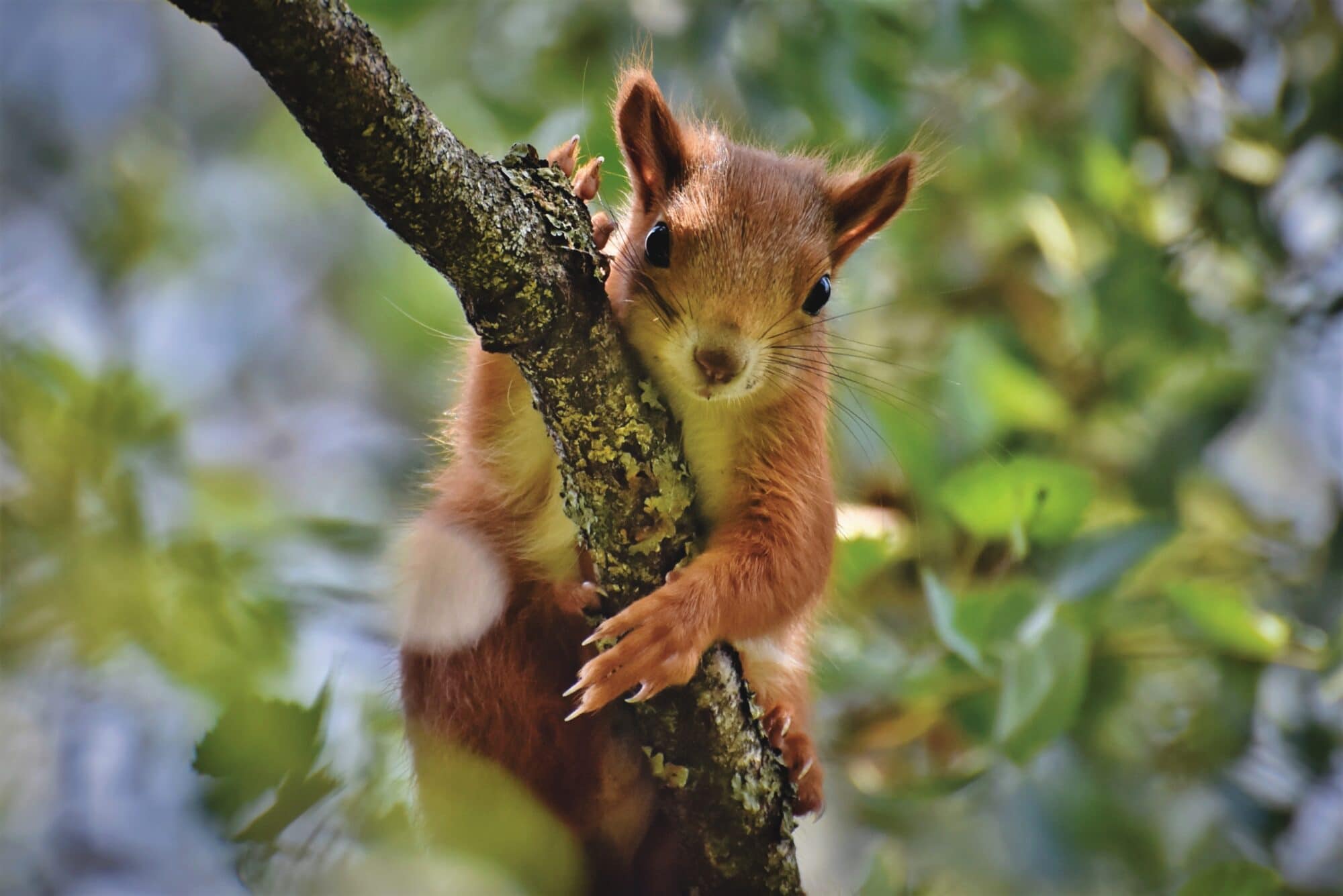
Condition the Senses
In order to tune IN to nature in a city, your child must work hard to tune OUT the many distractions of city living. Your child will have to open their ears up fully, widen their eyes and feel with more precision than they are used to. Ask your child to listen for the raspy call of a Red-Winged Blackbird when you are near an urban marsh or wetland. Focus in on the coos of pigeons in parking garages. Rather than walking past a tree, encourage your child to feel its bark, touch its leaves, smell its leaves. When they are in a green area, direct the to focus their sense of smell on flowers and ask if they can spot nearby pollinators. One thing is certain: sensory awareness is crucial for urban nature detectives.
Make like a Fox
When scientists study animals in the wild, they have to get their bodies very quiet, moving slowly, almost silently so they do not disturb the animals or alert them of their presence. Your child will have to do the same if they want to make good quality observations of wildlife. Encourage them to practice walking and sitting as quietly as they can when they are outside. They can practice this inside (you’re welcome downstairs neighbors) as they walk slowly and quietly. Ask them to imitate your indoor cat (if you have one) or else a fox. And good news for parents: whispers only and slow movements make for a good naturalist.
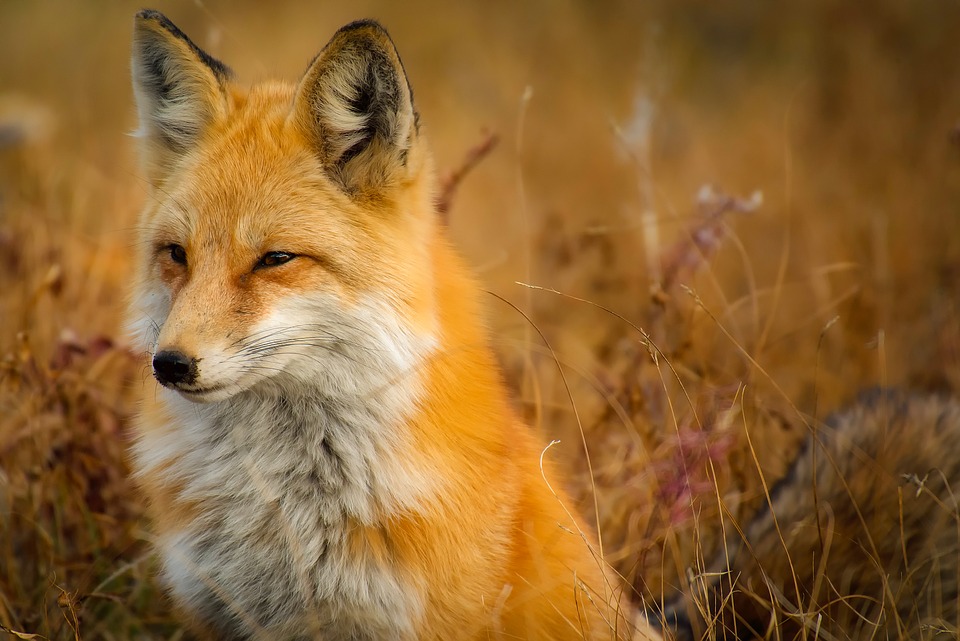
Make a Nature Map
Now that your child has chosen their naturalist location and opened their senses, they might want to create a nature map. A nature map is simply a very rough sketch of the habitat they want to observe. They can use our template to draw their map, marking any trees, water, or other features wildlife will be drawn to. Make sure they add as many critters as they see. Don't forget to include nests, tracks, and other signs of wild “life” including anthills or mole holes.
They can return to the spot during different times of the day and on different days to notice any new creatures. Many urban critters will come out at night as the sun rises or sets, though many are perfectly fine appearing in the middle of the day.
To be a thorough naturalist, your child can head out to another location or two and repeat their observation and nature mapping activity. It will be interesting for them to compare both locations and decide the more biodiverse habitat. Talk with them about why this might be. Is one habitat closer to a disturbance such as a road or a construction site? Is one closer to water or perhaps more discreet? Ask your child to think about shelter, food sources, and water as they consider the various habitats.
Observe & Record!
Once they have decided on their naturalist observation location, your child can continue focusing on their biodiverse urban spot by filling out a City Critter Observation Sheet (print as many as you think you'll need!) If they have trouble identifying a critter, the urban wildlife guide books mentioned above should help. Your new urban naturalist can fill out an observation sheet each day, recording every critter, its location, and behavior. Of course, they should always fill out the date, time of day, and weather conditions. It should be fun and fascinating for your child to return to their Observation spot weekly, monthly (or more frequently) throughout the year to note how the wild population changes.
Keep it Going
Now that your child has keen observation skills and knows where to look and what to look for, they will probably see wildlife everywhere they go in the city. Hopefully, they will also now think about habitat, green space and the needs of wildlife more often and maybe even get involved in local conservation efforts to preserve green space and wildlife.
To keep the fun going, give our Urban Naturalist Bootcamp Activity Kit a try in your neck of the city!






